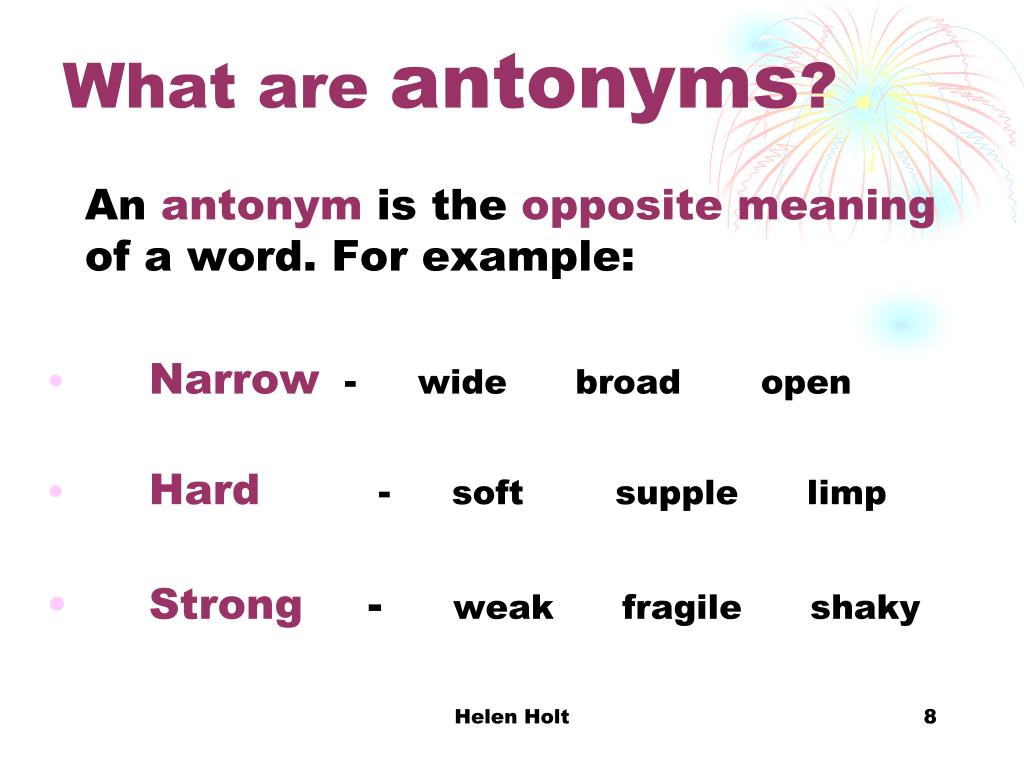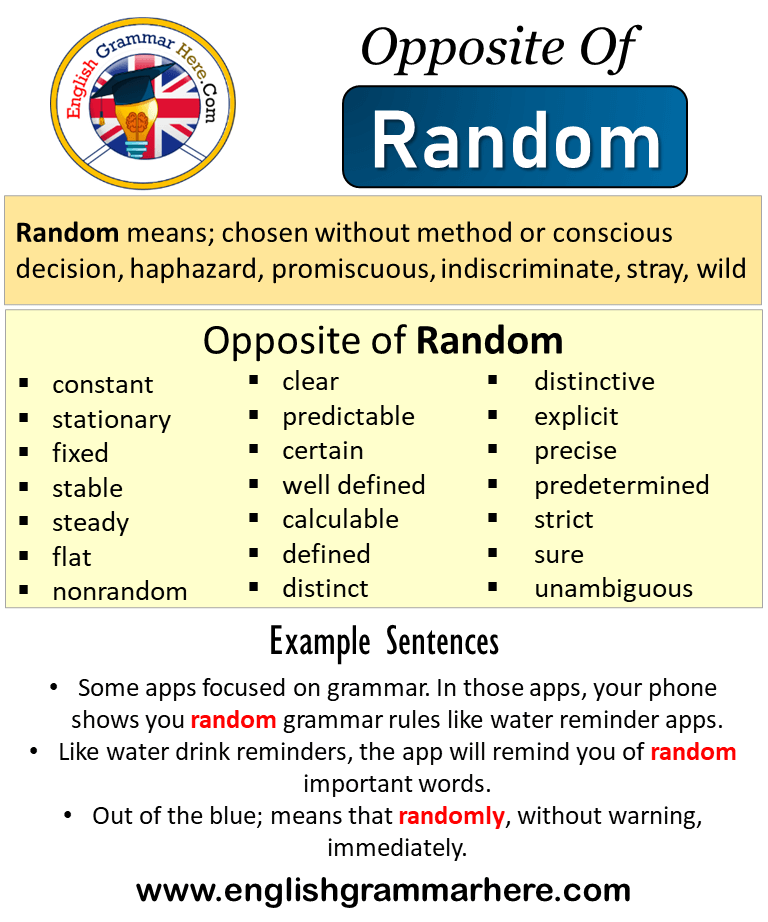

So, shouldn't they be used only when they are not vague ? Like, existing and non-existing is a good example because if something is existing, then it definitely follows that it is not non-existing only. It has been made clear from the comments that antonyms can be ambiguous in many cases. What does opposite mean in english and how/why is it different from negation? Clearly, to not teach is a thing not uniquely defined and it can mean anything except to teach like to play, eat, etc. However, on internet, I saw that antonym of to teach is to learn. Does it mean a negation ? For example, negation of to teach is to not teach. I am biased, of course.However, I cannot understand what does opposite in the definition mean. To me, the English expressions “push back” and “push forward” are far more confusing. If you want to state some concrete event is planned to happen in three years, you would most likely say 三年後, not 三年先. This usage of 先 seems mostly limited to contexts where you want to emphasis remoteness or uncertainty. You are heading towards the future, after all. This can be understood as an analogical usage of the spatial sense.

先 does refer to a future time in certain expressions, as in 三年先, 先が思いやられる, etc. Incidentally, its pitch accent is 【HLL】, not 【LHH】 as in the other senses. The noun-modifying form 先の, as in 先の戦争 in reference to WWII, has a formal tone to it. When it refers to time, 先 basically means "earlier," not necessarily the past. It should not be difficult to see the connection with "tip." Imagine an arrow pointing towards that direction. It is usually modified by something that comes before it, as in この先, コンビニの先, etc.

When it refers to space, 先 means something like "ahead" or "a little farther" with respect to some reference point. When it is written as 崎, it means a cape, the tip of a land facing the sea.

The Japanese word さき means the tip of something. But my questions have not been satisfactorily answered by that question and the core differs from what I am interested in. This still does not fully answer any questions.Īlso my question are tangentially related to this exchange. This further validates that it originally was connected to the concept of "past" and the "future" meaning came later and was introduced solely in Japan. UPDATE: So, this kanji means "prior" or "first" in Chinese according to this source. Is it true that this kanji (先) can refer to both future events and past ones? How did it evolve to be this way and what has the original chinese meaning to do with it? This meaning may be connected to the Japanese influence on the word and its kun'yomi reading (さき). The vocabulary meaning of the standalone word is "ahead" or " future". This seems to be tied to the Chinese origin and its on'yomi reading (せん), maybe? So apparently the kanji meaning of this word is "previous" or " past". An auto-antonym is a word with multiple meanings (senses) of which one is the reverse of another.


 0 kommentar(er)
0 kommentar(er)
